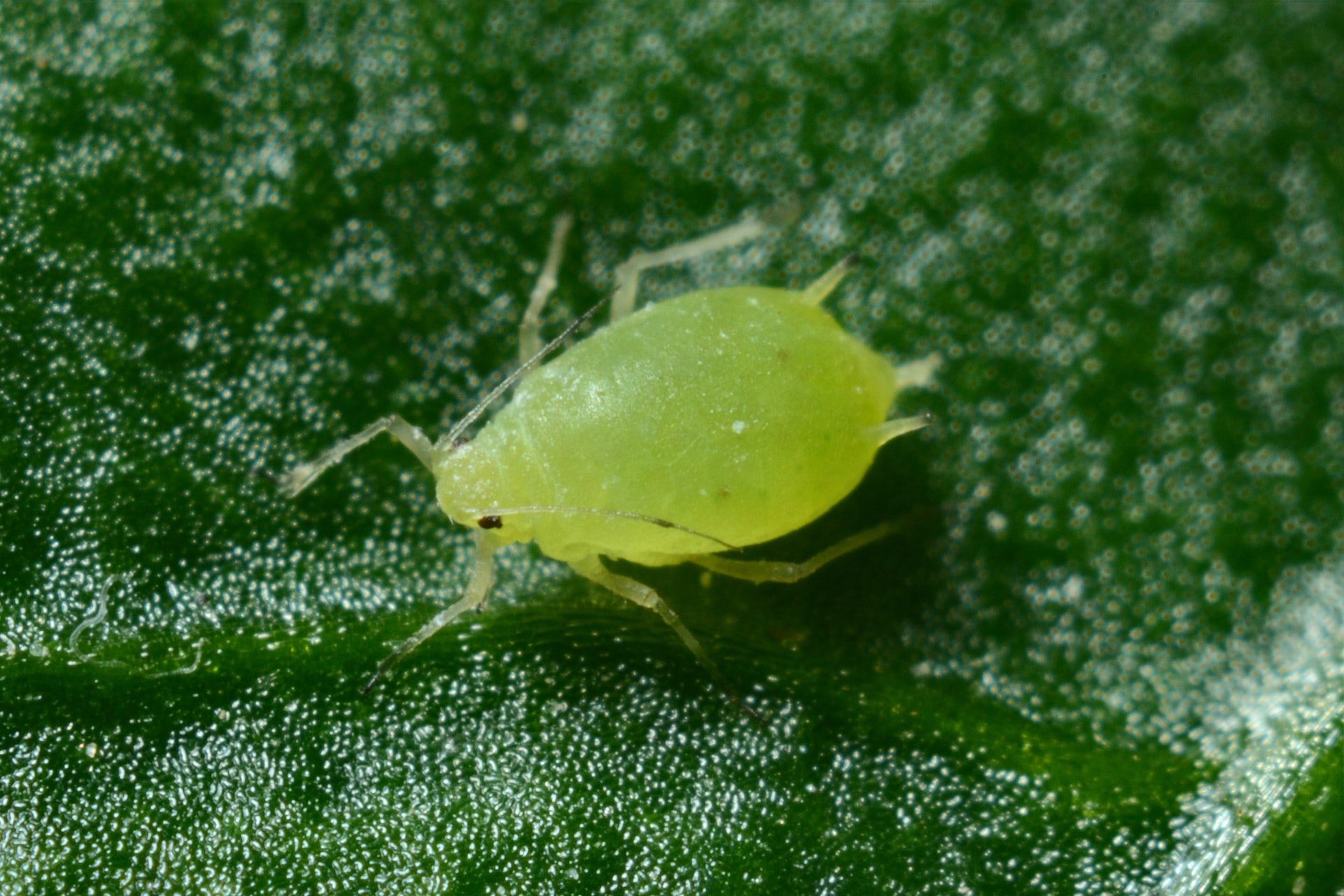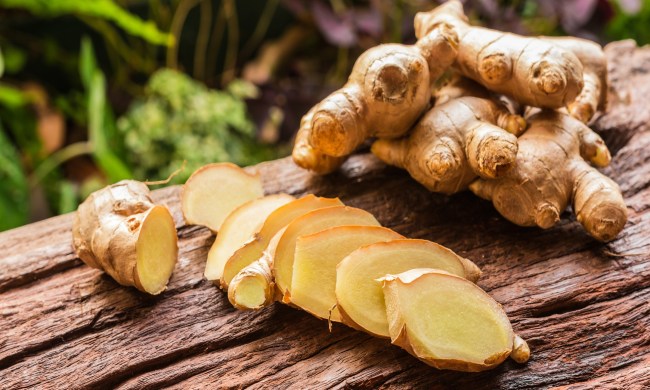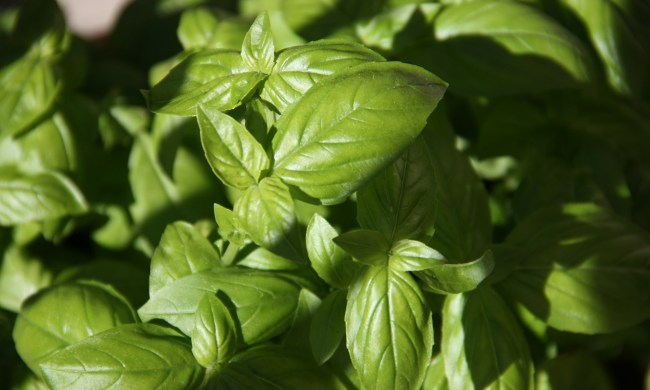If you’re frequently on the hunt for edible houseplants to grow indoors, then you must consider basil as a staple choice. There’s nothing quite like fresh basil, and homegrown basil is the freshest of all. However, there are some drawbacks to growing your own basil. You have to take care of it, and that means dealing with all the pests that love basil just as much as you do. If little critters are getting into your basil, here’s what you can do to keep them out!
What pests eat basil?
The good news is that your basil plants should be safe from animals. Animals rarely bother basil, unless there is absolutely nothing else available, although they could accidentally harm the plant on a quest to eat the bugs off it, or by trampling it.
The bad news is that there are several insects that enjoy basil leaves as a snack. Aphids, beetles, caterpillars, slugs, spider mites, thrips, and whiteflies are all common pests on basil plants.

These pests are all easily identifiable by sight and somewhat identifiable by touch. Whiteflies, aphids, and spider mites are all very small. Whiteflies are white and look almost like tiny moths, while aphids are green, and spider mites are typically brown or orange. Beetles are larger and have a hard, shiny exoskeleton. Caterpillars and slugs are longer and soft, with slugs being a bit slimy. Thrips are very small, but long and winged.
If you can’t see or feel these pests, the next best way to identify them is by the holes they leave on your basil leaves. If the holes in your basil are large with ragged edges, you’re dealing with a caterpillar or slug. Smaller, smoother holes are caused by aphids, spider mites, thrips, and whiteflies. If only the veins of the leaves are left, it’s likely caused by beetles.
How can you get rid of pests?
Pests can be removed by hand, but that can be difficult for pests that are smaller. If you know they’re there but can’t remove them by hand, you can spray them off using water. A water hose or the spray attachment of your sink will do just fine.
You want enough pressure to knock the insects off, but be careful not to hurt your plant! A gentle spray to the underside of the leaves should be enough to get rid of them. Once they’re off, go ahead and get rid of any leaves that have already been chewed on, just to be safe.
How can you keep pests from getting to plants in the first place?
You can apply a pesticide, organic or artificial, to keep insects away and to kill any that remain on the plant. If you’d like an organic pesticide, try neem oil or pyrethrin.
If pesticides aren’t your style, you can try creating a barrier between your plant and the insects. This barrier can take a few different forms, depending on where your basil is located. In an outdoor garden or a large container, you can put in a small wall or plant collar around your plant. This won’t keep flying pests out, but it will keep some of the ground-dwelling pests away.

If your basil is in a smaller container, consider bringing it indoors. Basil plants do just fine inside, as long as they can get enough light. Put your basil in your sunniest window and continue caring for it as you normally would. Taking your basil inside is the easiest way to prevent pests.
Are there pest-resistant basil varieties?
Unfortunately, there aren’t any basil varieties that are particularly resistant to pests. There are disease-resistant basils, such as the four Rutgers varieties, and fungus-resistant varieties, such as nufar basil.
However, you can still use these varieties to your advantage. A well-cared-for plant is more resistant to diseases and pests in general, so it stands to reason that a well-cared-for, disease-resistant basil plant will be slightly more pest-resistant.
It’s important to note that, in this case, pest-resistant doesn’t mean it can repel pests naturally. It just means it can recover from damage caused by pests more easily.
Whether you’re dealing with whiteflies or spider mites, caterpillars or thrips, now you know the best way to do it. You can handle anything nature throws are your basil. Enjoy your extremely fresh pest-free pesto!



